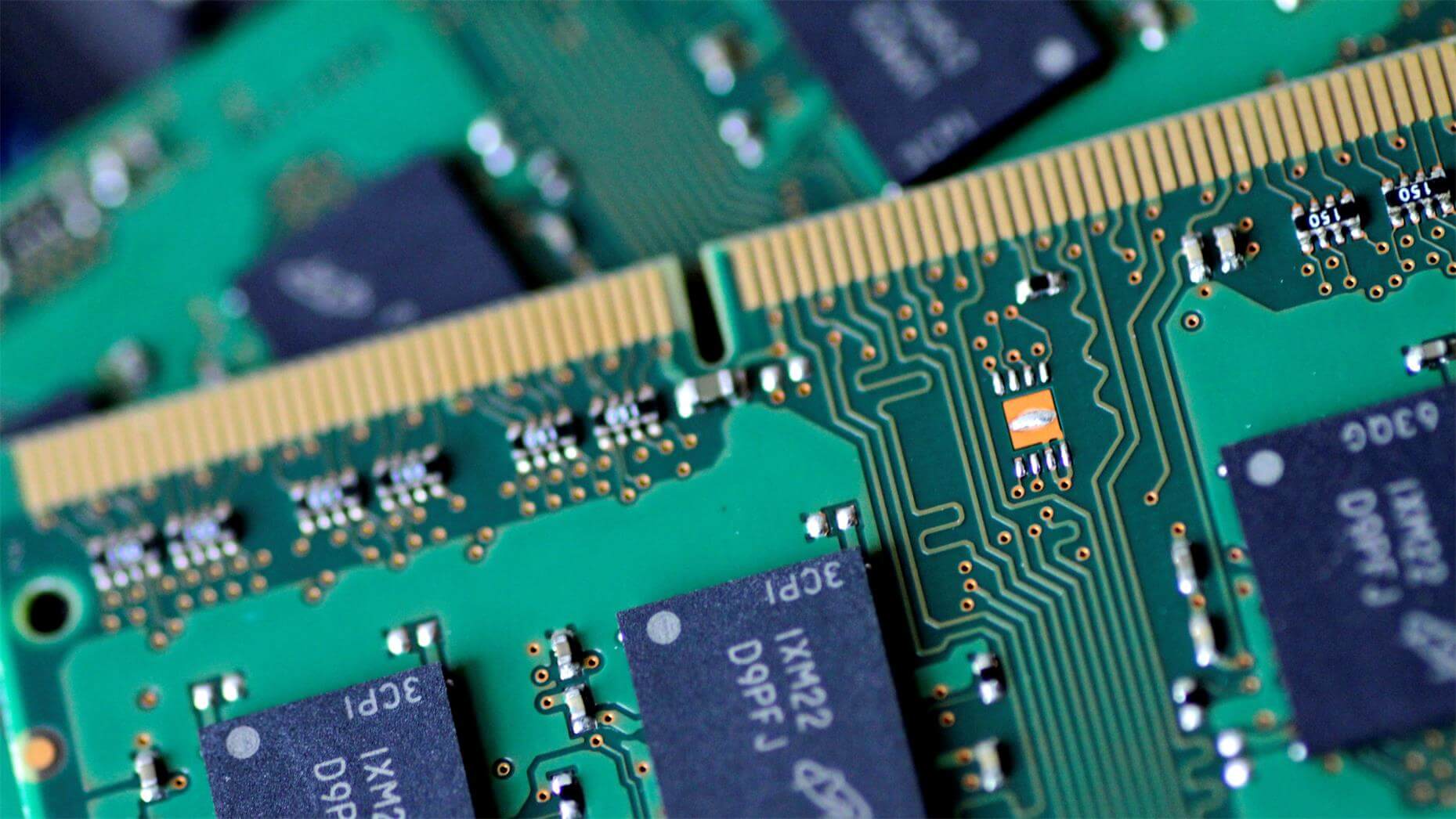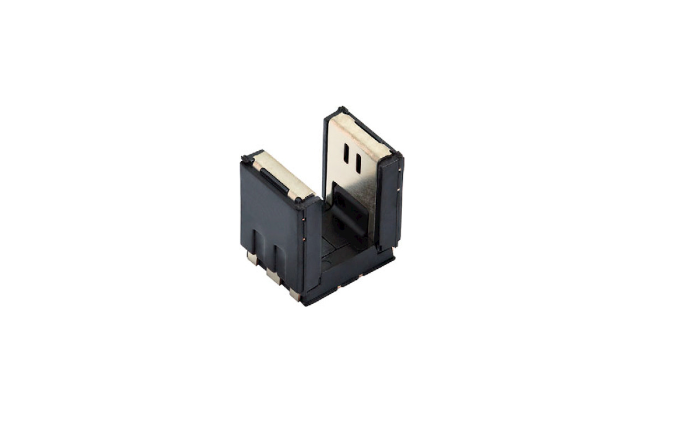Recently, Chen Xiongji, regional marketing manager of Silicon Labs Asia Pacific, said in an interview that Silicon Labs has set the Internet of Things a new key business area in recent years. With the company's advantages in wireless connectivity, microcontrollers and sensors, In recent years, it has added simple development tools to achieve competitive products centered on IoT reference designs and solutions.
In fact, in the past few years, Silicon Labs has merged MCUs and wireless connections through wireless SOCs. According to different market standards, Silicon Labs has built a multi-protocol wireless solution, deploying a complete platform and integrating SOC chips into the platform. This enables the platform to provide wireless connectivity to customers while also providing baseband computing and data collection and statistics capabilities.
The biggest difference between the current Internet of Things and the past wireless products is reflected in the main network. In the past, data acquisition and reception were performed point-to-point. However, the current mesh network can transmit all the transmitted and received data packets to the platform for data collection and acquisition. The advantage is that each node can simultaneously receive the transmitted information. This multi-node mesh network protocol is the future of IoT wireless connectivity. At present, Silicon Labs offers ultra-small Bluetooth system-in-package (SiP) modules and multi-protocol SoCs, which have the advantages of reduced cost and size, up to 20dbm output, excellent security and stability, and ability to run multiple wireless protocols simultaneously on a single chip...etc.
Chen Xiongji said that if Bluetooth wants to grab the smart home market, it still needs to improve its stability, security and power consumption. After Zigbee meets the requirements of stability and security, its interconnection problem has become a new challenge. Each low-power mesh network technology has its advantages and best use cases, and these cannot be replaced by each other. Then the coexistence of different protocols will be the key to achieving interoperability.
The mesh network protocol stack not only supports the Internet protocol, but also supports hundreds of nodes on a network to implement IP addressing. Through the big data processing in the background, the end of the IoT sensor is integrated for data collection, separate judgments on non-single data through the gateway to the cloud, providing a reliable, secure and scalable Internet connection for battery-powered devices in the smart home sector is a key part of the IoT ecosystem.
With the development of technologies such as artificial intelligence and cloud computing, the future of IoT products will mainly focus on the research and development of the distribution network process, so that enterprises can provide a better customer experience through cloud services and AI, which will be an explosive growth process for the Internet of Things industry.












All Comments (0)